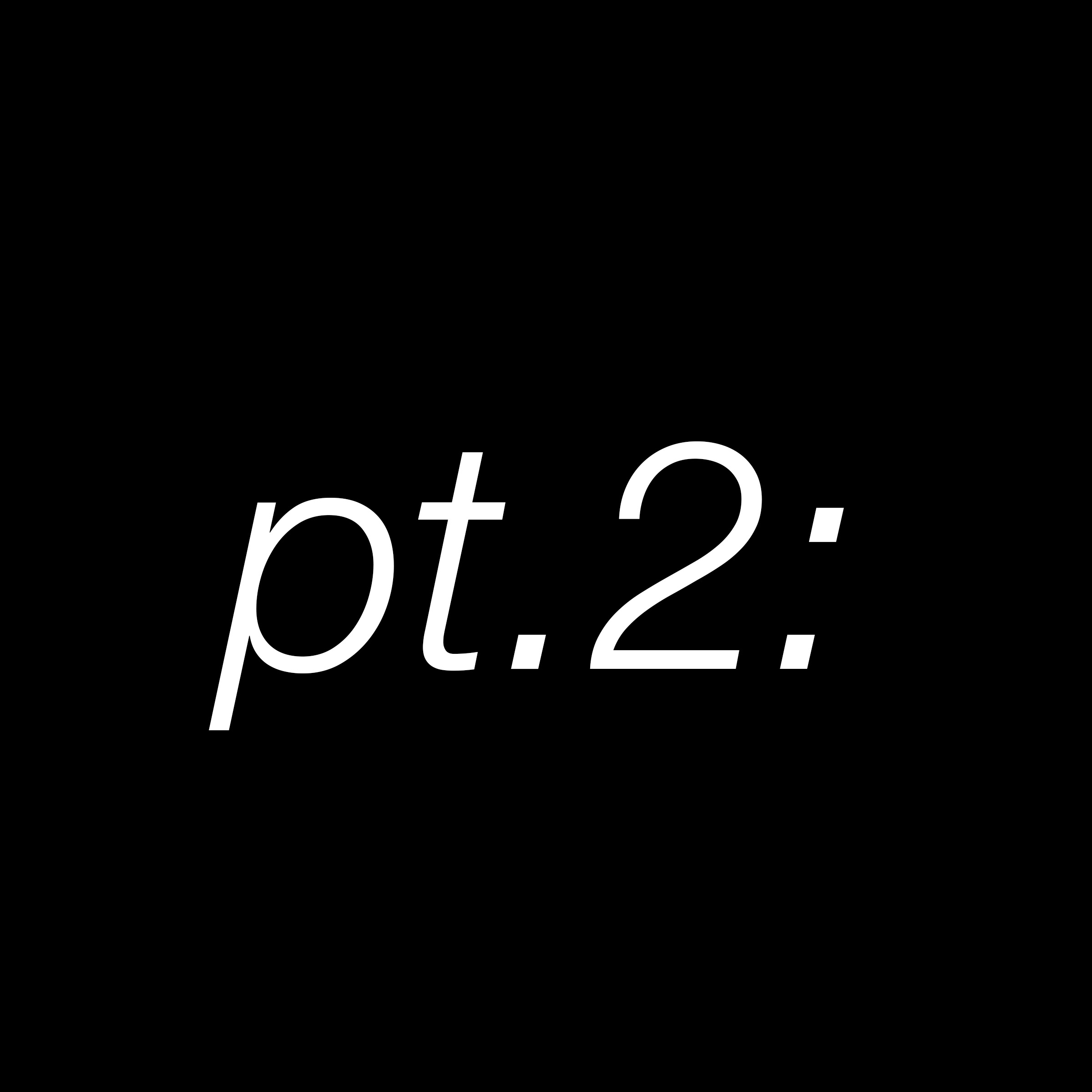Press Release - Jonathan Storm, Kelly Ording, Kevin Umaña
Jonathan Ryan Storm
”Exploration of Exterior Design”
Oil stick on canvas
74 x 40 inches
2021
info@part2gallery.com
a group exhibition by:
Jonathan Ryan Storm
Kelly Ording
Kevin Umaña
1523b Webster St.
Oakland, CA 94612
Showing through May 6th
info@part2gallery.com
pt. 2 Gallery is pleased to present a group show with artists Jonathan Ryan Storm, Kelly Ording, and Kevin Umaña. Opening reception will be held on May 13 from 6-9pm and on view until June 17, 2023.
Jonathan Ryan Storm
”Ostinato”
Oil stick on canvas
72 x 48 inches
2021
info@part2gallery.com
Jonathan Ryan Storm is a Vermont-based artist working in both paint and textile media, creating undulating compositions that simultaneously trick and soothe the eye. Storm works intuitively, following his hand through the flow state of painting or the mesmerizing motion of sewing. He creates a covert path in these winding works, where the viewer can find inlets and guided turns, or experience it as a whole, a wash of sensation. In the artist’s own words, “it doesn't tell a story, nor is it static. It has a life of its own.”
Storm’s work has an intrinsic connection to the senses: in the obvious element of sight (though it may surprise viewers to learn of Storm’s colorblindness); in the bodily effect — a vibrating, physical resonance; in the connection to aural phenomena. This last aspect comes through in many of his titles: Ostinato, a repeated musical phrase, or Au Rural, a reference to the calm auditory input of the open landscape. Each work swells and sways through eyes, ears and body. Being on the autism spectrum, Storm has a self-described “obsession” with rhythm, repetition, and automatic movements. What is compelling and soothing for the artist in this way is similarly felt by the viewer. We are captivated as the work dims thought to amplify feeling and intuition. Like a domino effect, individual components of each piece push and pull on their neighbors, appearing convex or concave as you move by the canvas. The work emanates outwards, like constructive waves growing bolder as they collide and expand.
Kelly Ording
”Warmer Days”
Acrylic on hand-dyed paper
63 x 53 inches
Walnut frame with rounded corners
2022
info@part2gallery.com
Kelly Ording’s large scale works on paper are deft considerations of time, space, and emotion. She delicately paints round and sensuous forms, rendered in curved lines over hand-dyed paper. These smooth shapes weigh against a spectrum of color as winter blues and autumn golds contrast with spring pinks and summer reds. Color is highly emotive for Ording; it changes with moods and seasons, and it changes over the course of a painting. As she describes the journey of each work, she reminds us that, “Painting is spending a lot of time with something that you are willing into existence. Making something out of nothing. It's a long, sustained relationship until the painting is complete and then you move on.” Her work is emblematic of exactly that: calm billowing into excitement and excitement waning into calm.
Ording’s ineffable linework leads the eye through the piece; you can trace the pathways and the emotional journey the artist takes. In Upwelling, Ording paints the effect of the wind upon the water, not directly depicting the landscape but rather the feeling of existing within it. In Warmer Days, the hues are brighter, and the arched shapes have a clear beginning and end, a round curve and blunt edge. In Ording’s iconography, these sharper forms are representative of anticipation, exhilaration, a heightened heart rate, and rounder forms are soft and gentle, a wash of steadiness and serenity. This balance is deeply felt as the eye is jolted or soothed by each discrete element and the body processes each subtle alteration. Each work is complex and calming, energetic and meditative: dichotomies expertly integrated in the viewer’s experience.
Kevin Umaña
”Walking Downtown”
Acrylic, oil, vinyl paint, flock, glass beads, sand, gouache,
clear tar, color pencils, terracotta and ceramics on canvas
24 x 18.5 inches
2023
info@part2gallery.com
Kevin Umaña’s pieces are at once bright, celebratory, and deeply rooted in nature. The effervescent compositions and vibrant hues are grounded by earthen materials of terra cotta, sand, tar, and woven fabric. His practice, in both materiality and imagery, is largely inspired by the indigenous groups of El Salvador, his mother’s homeland, and conversations with his mother about her childhood. Together they speak about ceramics, plant life, textiles — each a utility that developed into artistic expression. These practices span generations, the repeated motion of painting and the sculpting of clay. Hands perform the same actions; they are pulled toward the same urge for creation.
Umaña’s paintings parse through his memory, each one a bright glimpse into the past, an abstracted form of biographical exploration. For Umaña, abstraction is “a way to explore the tranquility of nature, a search for an equilibrium between the capacity as a creator and the energy of the world around.” Each scene in this exhibition is distilled to true essence, simplified, distorted, and cropped, until the original object is obscured. Thus the communication of sensation and memory becomes subliminal, received emotionally by the viewer rather than on the mental plane. His titles amplify the poetry in the work, and hint to the viewer what may be depicted behind this kaleidoscope of abstraction. In Desert Plants between the Time of 5 to 7, botanical shapes contrast with gridded forms. In Walking Downtown, geometric paneling is reminiscent of radiating streets and muraled walls. Umaña reflects the world through a “cracked mirror,” a mosaic of memory, of expression and connection.


